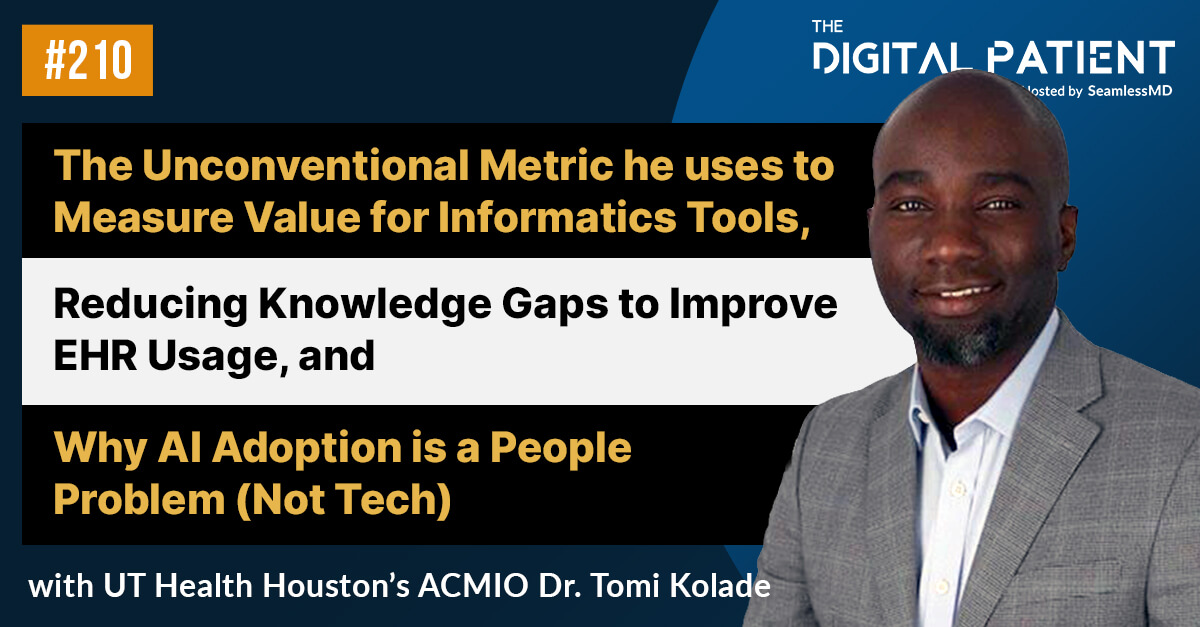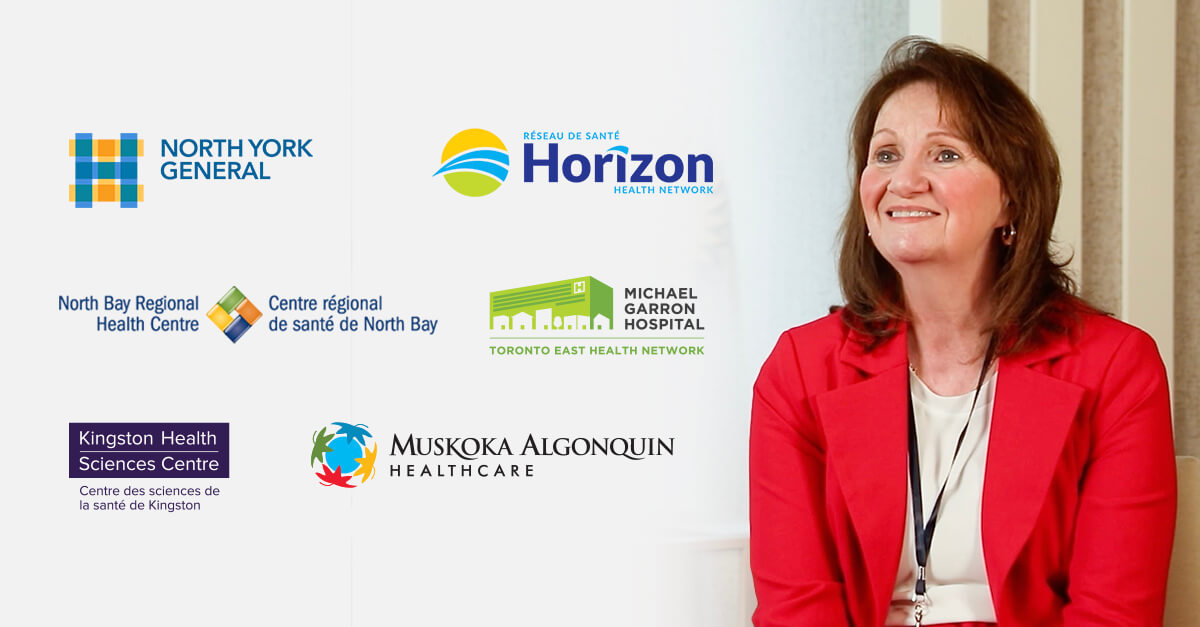As a result of the COVID-19 pandemic, the demand for remote monitoring solutions is at an all-time high and it is clear that this will continue to be the case in a post-pandemic world. As such, healthcare organizations must ensure that staff are trained to deliver a seamless experience that is comparable to an in-person visit. This is an ongoing effort that is done in tandem with an effective communication strategy to provide relevant information to patients, the community, providers and staff, prior to launch of the technology.
Depending on the role and expectations for your staff members, various personnel will need to be trained on the following processes:
- How to educate patients about the platform and overall initiative;
• See below for example talk-tracks that other healthcare organizations use to introduce Surgical Remote Monitoring to their patients; - How to enroll a patient on the platform backend;
- How to manage alerts and monitor patient status on dashboards (as needed).
To make it easier for your staff, it is best to provide “scripts” so you have a consistent approach for introducing the program to patients. Below are three example, best-practice talk tracks that you can use to introduce patients to your program. Some hospitals have also found it beneficial to create laminated versions of these scripts that staff can refer back to as needed.
- About the Surgical Remote Monitoring program:
“We (the hospital) have launched a new program to support patients during their surgical journey. The program is called [INSERT PROGRAM NAME] which is an interactive, step-by-step App to help you prepare for your surgery and support your recovery afterwards.” - Accessing the Program:
“You can access the platform on any smartphone, tablet and/or computer through a web browser. There is also an app you can download from the Apple App Store or Google Play Stores.” - How the App Works and benefits
“The App includes daily to-do lists for how to prepare for your procedure, surveys for you to fill out to report symptoms after surgery, and recommendations for you to follow based on your symptoms. [INSERT PROGRAM NAME] is not replacing any component of your care and does not facilitate real-time, two-way communication with your surgeon. Patients who use this program have been found to have less anxiety before surgery and a faster recovery after surgery.” - [If you are doing real-time alerts and monitoring]
To help take better care of you after your surgery, our nursing team will also be monitoring any symptoms you record on the App so we can catch any problems that arise sooner.”
Check out our podcast episode below on “How to Implement Surgical Remote Monitoring” where we discuss the topic in-depth:
Want a step-by-step plan to help you get started with a Surgical Remote Monitoring program? Download our free whitepaper here for a practical guide on how to get started with a Surgical Remote Monitoring program today.
.svg)










.png)
